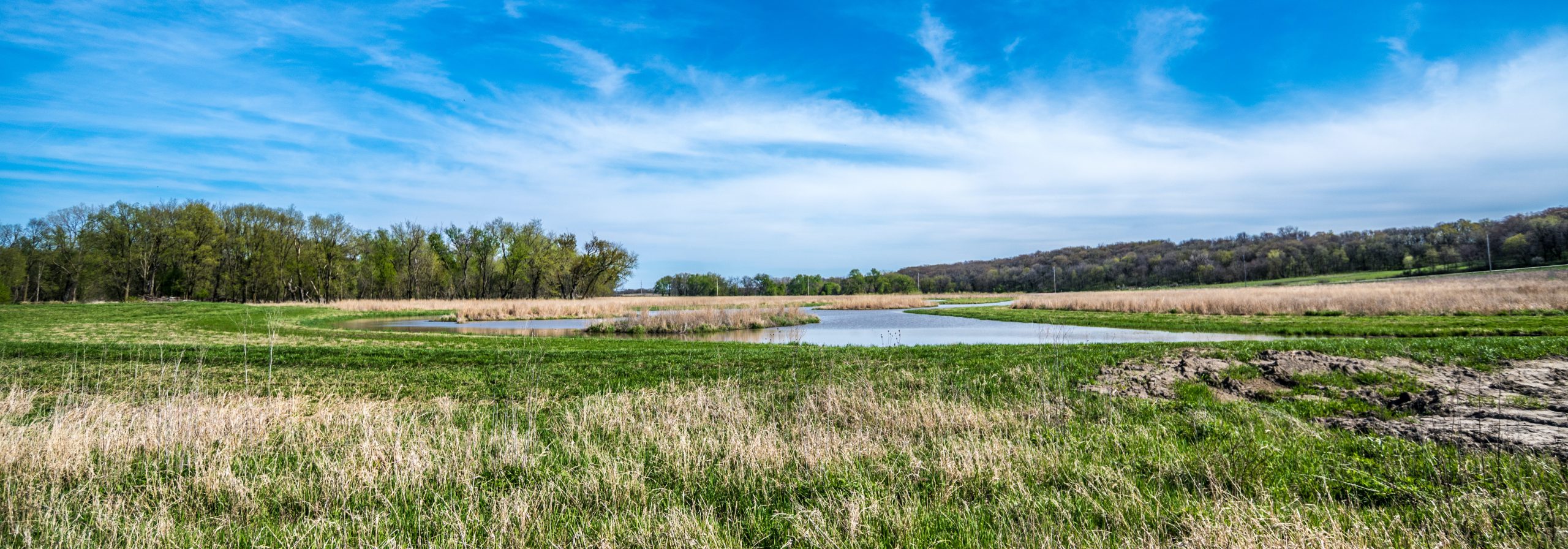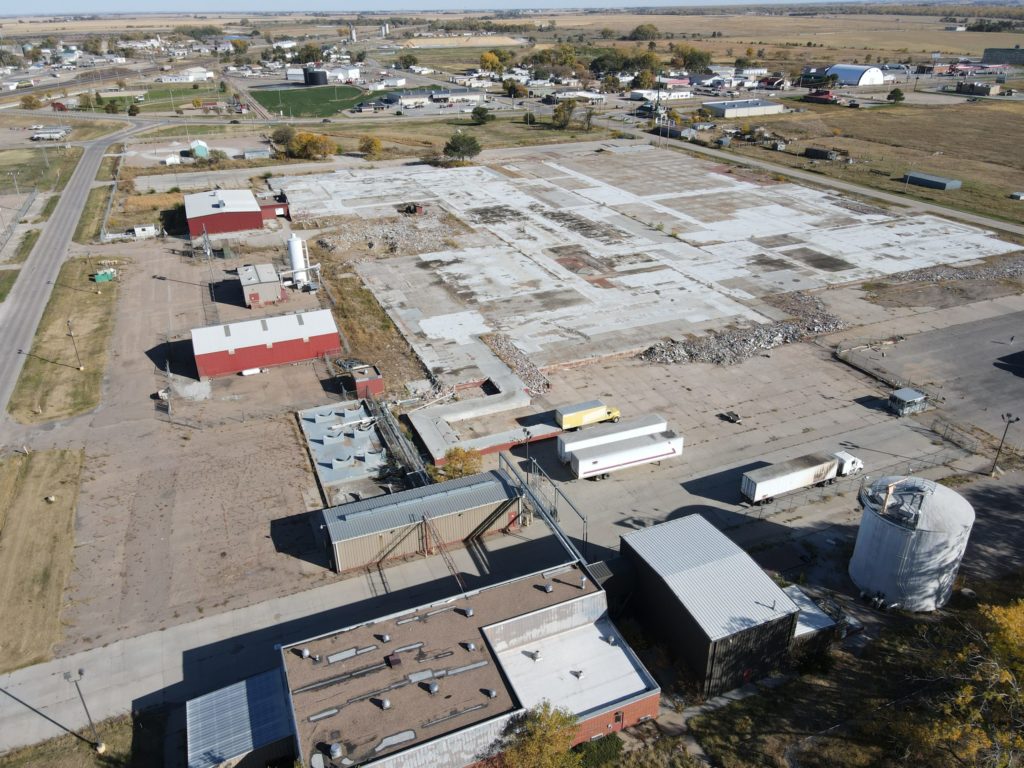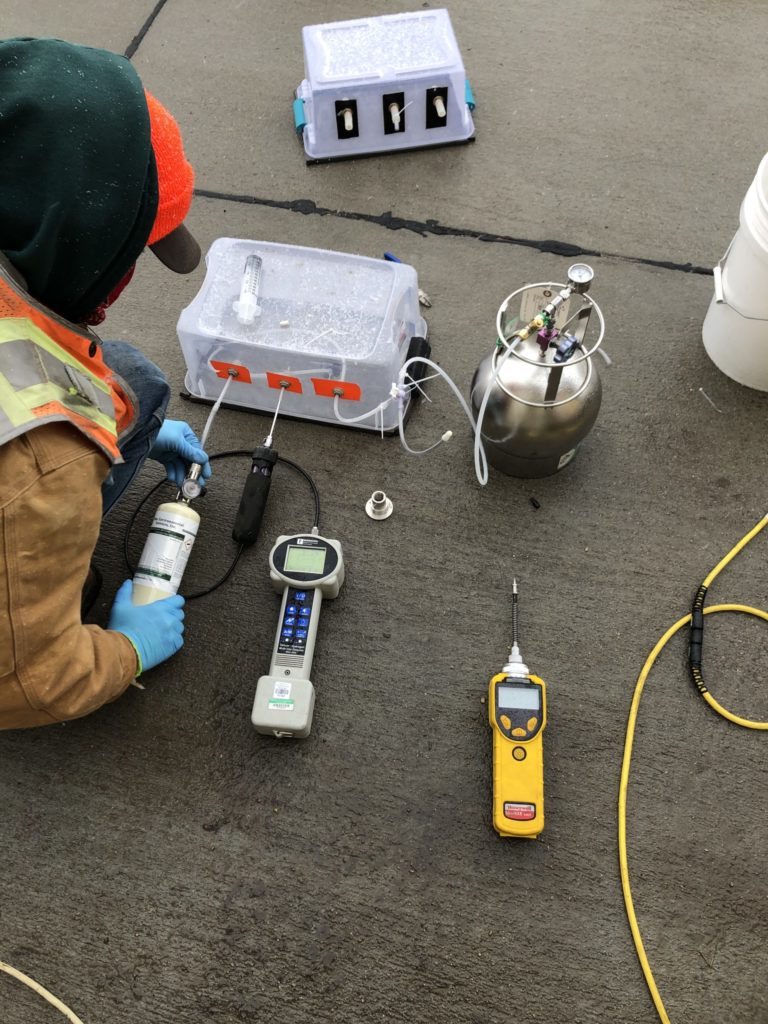Emergency Response Actions at Arctic North Warning System Radar Station
Confidential Client – Arctic Emergency Response Action, Wastewater Treatment System Design, Construction, Installation, Testing, Optimization […]

Cleanup of Legacy Soil and Groundwater Contamination at Former Automotive Parts Manufacturing Facility
Weaver Consultants Group’s (WCG) Remediation Services team provides environmental and remediation services associated with legacy contamination from former manufacturing operations at an automotive parts manufacturing facility in Nebraska, which operated from the 1960s to 2012. It formerly housed various petroleum products and hazardous substance Underground Storage Tanks (USTs), chromium plating and degreasing operations, underground conveyance and sewer lines, D and F listed waste and process water management and treatment operations, and former solid waste surface impoundments.
Numerous spills, operations, UST releases, and Solid Waste Management Units (SWMUs) have impacted subsurface soil and multiple aquifers with Chlorinated Volatile Organic Compounds (CVOCs), specifically Trichloroethene (TCE). A groundwater monitoring program and corrective action, including a groundwater extraction treatment system utilizing an air stripper tower, has been conducted since 1984 as part of Resource Conservation and Recovery Act (RCRA) Post-Closure Permit requirements.
WCG replaced a previous consultant conducting the cleanup efforts, which stalled over the past 10+ years. WCG took over the RCRA corrective action, post-closure permitting, and facility assessments and investigations to meet the US Environmental Protection Agency (USEPA) and Nebraska Department of Environment and Energy (NDEE) cleanup deadline.
The client requested WCG’s involvement under an accelerated timeline to review, refine, and optimize the remedial program for the most cost-efficient and effective resource allocation to meet the cleanup deadline.
WCG implemented the following actions to meet NDEE and USEPA requirements:


